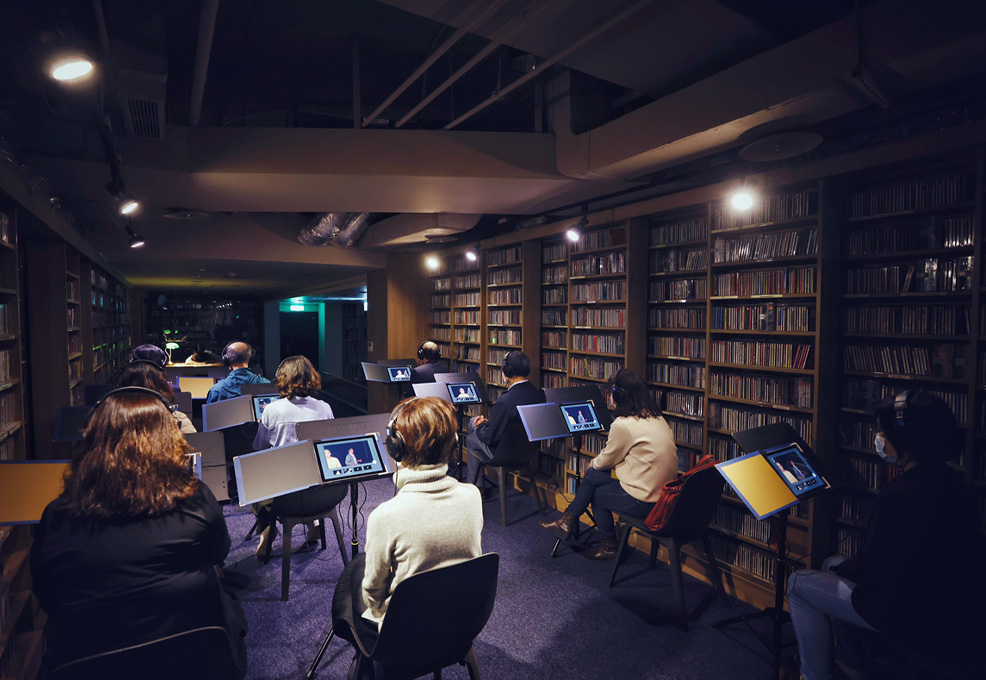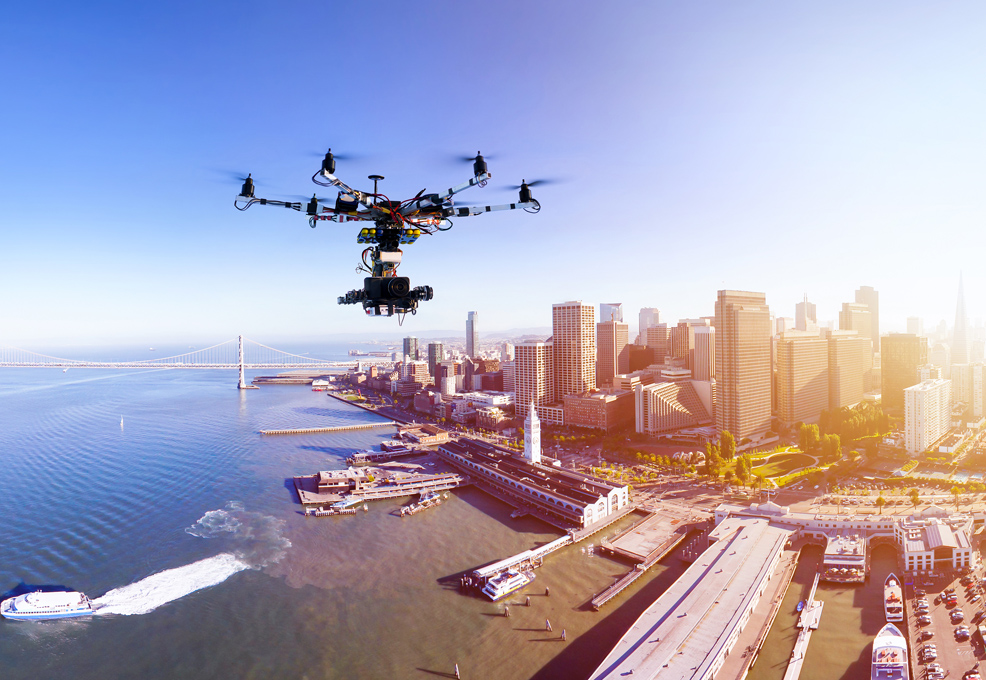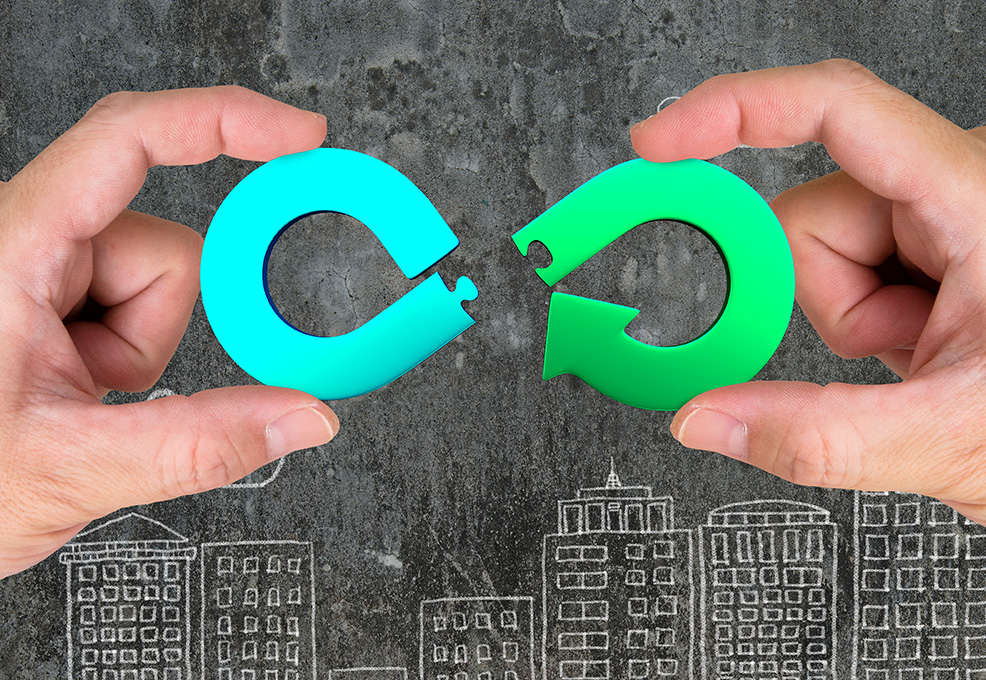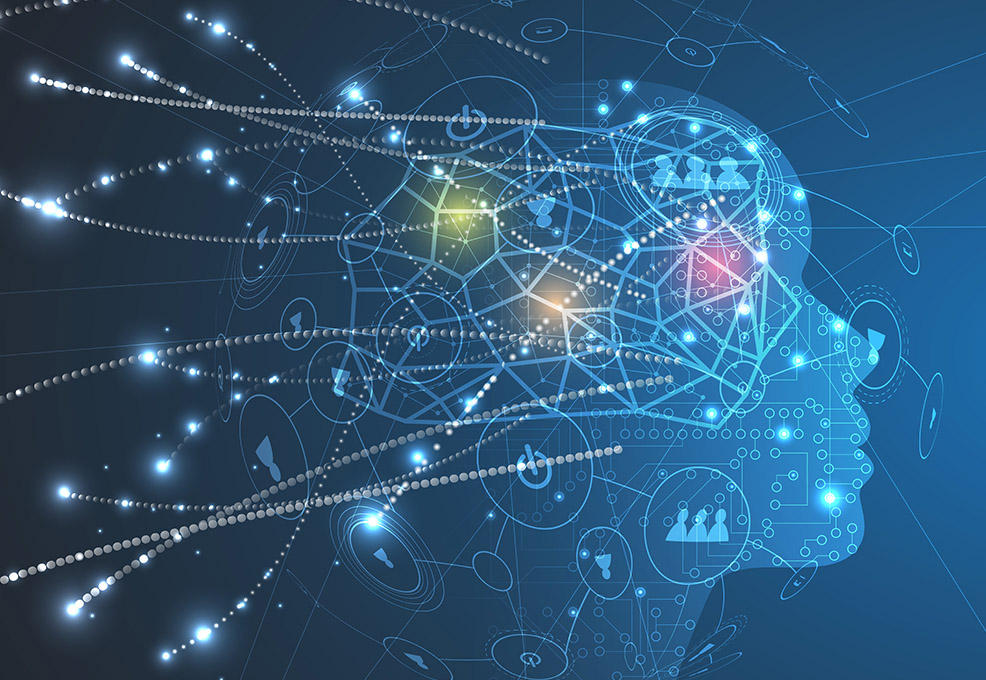Tagging IoT Data in a Drone View

The cross domain fusion in the areas of 5G, AI, multimedia, etc. will trigger more innovations and application models, contributing digital transformation
Author(s)
5G Technology Program Office, Department of Industrial Technology (DoIT), MOEA.Biography
The 5G Technology Program Office of DoIT under MOEA was founded in 2014, and has been committed to the strategic planning on 5G industry development and international collaboration, including the global 5G spectrum policy and law/regulation research/analysis, 5G core technology R&D planning, 5G vertical application and trial field planning, 5G industry promotion, engagement with international organizations and transnational collaboration on 5G, EU-TW Targeted Opening Call on 5G collaboration, etc.
Academy/University/Organization
5G Technology Program Office, DoIT, MOEA.Source
https://www.moea.gov.tw/MNS/doit/activephoto/ActivePhoto.aspx?menu_id=13399&ap_id=14864
https://www.moea.gov.tw/MNS/doit/activephoto/ActivePhoto.aspx?menu_id=13399&ap_id=14880-
TAGS
-
Share this article
You are free to share this article under the Attribution 4.0 International license
- ENGINEERING & TECHNOLOGIES
- Text & Image
- March 17,2021
The 5G rollout is speeding up around the world, and over 60 countries now have live 5G commercial networks. Although 5G killer applications are still to be developed, an innovative business model will surely be introduced by 5G’s high-bandwidth and low latency of connection. Meanwhile, when 3GPP Release 16 comes out, 5G applications used in a variety of industries, including autonomous driving, industrial networks, smart logistics, smart heath, etc. will be fully supported. During IEEE GLOBECOM 2020, which took place in Taipei last December, Industrial Technology Research Institute (ITRI) and Institute for Information Industry (III) teamed up with the industrial partners, demonstrating 5G vertical applications at the venue and verifying 5G applications and services at the National Theater & Concert Hall respectively, showcasing the emerging opportunity for industry upgrade in Taiwan.
The 5G rollout is speeding up around the world, and over 60 countries now have live 5G commercial networks. Although 5G killer applications are still to be developed, an innovative business model will surely be introduced by 5G’s high bandwidth and low latency connection. Meanwhile, when 3GPP Release 16 comes out, 5G applications used in a variety of industries, including autonomous driving, industrial networks, smart logistics, smart heath, etc. will be fully supported. According to Japan Electronics and Information Technology Industries Association (JEITA), the market value of 5G private networks is expected to reach roughly USD 99.1 billion in 2030. In the near future, factories, science parks, logistic parks, hospitals, electrical grids, harbors, etc. will apply 5G private networks to expand their capacity, with an aim of realizing digitalization and industry transformation through higher connectivity, lower latency, and the capacity to connect massive devices and edge computing.
During IEEE GLOBECOM 2020, which took place in Taipei last December, ITRI and III teamed up with industrial partners, demonstrating 5G vertical applications at the venue and verifying 5G applications and services at the National Theater & Concert Hall respectively, showcasing the emerging opportunity for industry upgrade in Taiwan.
Self-developed 5G private network integrating innovative applications for gaming & smart manufacturing
During IEEE GLOBECOM 2020, the “DoIT’s 5G Technology Program Achievement Display” pavilion was the largest showcase of the achievements of the 5G technology programs. This themed exhibition was organized by the Industrial Technology Research Institute (ITRI) and Institute for Information Industry (III) and joined by 13 leading international and local companies, exhibiting Taiwan’s 5G vertical technology and innovative applications, including 5G private network management systems, 5G EPC Light, iMEC, 5G small cell smart management and the H2020 collaborative project between Taiwan and the E.U.

Figure 1: Through 5G Stand-along network, on-site players can have enjoyable low-latency experiences with Edge Gaming and Thin Client technology.
The DoIT 5G private network solution includes the Intelligent Mobile Edge Computing System (iMEC) which handles data traffic within the corporate private network. The inclusion of iMEC in the private 5G network provides a new network architecture that is providing computing power and an IT service environment at the edge of the mobile network. In this exhibition, the 5G gaming application, Street Fighter, via video streaming is deployed on the 5G standalone architecture. The basic concept is to deploy the service on the iMEC which is close to the end users. When users initiate a service deployed on the iMEC, the data traffic for this particular service would be handled within iMEC and does not need to be flown to the global data center. Two thin clients were provided for the players to experience the low latency and high quality game streaming. The control commands of the game via joystick and video stream displayed by the screen were received by the thin clients which were transmitted/received by 5G Mifi or WU7 to the iMEC which is responsible for rendering game streaming based on the control commands. With the help of 5G, gaming will surely become more splendid and will offer challenging experiences with higher mobility and better quality (Shown in Figure 1).

Figure 2: 5G eMBB enables the engineers to have good control of processing status in order to optimize processing parameters
Also, the pavilion exhibited achievements of innovative applications in collaboration with the E.U., with a focus on the results of the second phase of Horizon 2020 EU-TW TOC, i.e. 5G CONNI and 5G DIVE programs. For example, 5G CONNI develops 5G private networks for Industrial IoT based on the requirements for Factories of the Future, and provides 5G end-to-end solutions for field deployment in the factory. With 5G eMBB features, it displayed processing data of the machine tools integrated with the Digital Twin system and added to the AR headsets used by the process engineers, in which operation information and abnormal vibration of machine tools as well as processing route were included, and this allowed the engineers to have good control of processing status in order to optimize processing parameters and reduce trial and error time (Shown in Figure 2).
Taiwan’s first ever 5G-themed stage show creates new sensory experiences enhanced by the fusion of technology and culture
The Department of Industrial Technology (DoIT) of the Ministry of Economic Affairs (MOEA) collaborated with the Ministry of Culture (MOC) and the National Theater & Concert Hall, launching the first ever 5G-themed stage show called Kaleidoscope in Dec, 2020, with the introduction of VR and other 5G applications. The National Theater & Concert Hall was in charge of the project integration, stage design and the content of performing arts, while ITRI and III provided technologies, including VR360, multi-view selection, 5G core networks, small cells, etc., along with localized 5G private network systems, VR headsets, etc. supplied by Alpha Networks, Compal and Quanta. In addition, the play was tailor-made by the promising young director, Chih-Keng Chuang who provided an interactive storyline with the use of 5G applications to allow the performers to interact with the audience by technology devices beyond the limits of time and space (Shown in Figure 3).
Cross-domain fusion in the areas of 5G, AI, multimedia, etc. would be the basis for innovation. From creating the intellectual property and reproducing the tailor-made play to the stage design arranged by the team of National Theater & Concert Hall and performers, the audience was firstly introduced to the second scene, where the viewing area was linked to the live stage via 5G’s high transmission rate, and thus the audience could observe the mentality and contradictory emotion of each role through applications of VR live streaming and multi-view selections displayed on the panel. After viewing those memories made of illusory dreams, the audience was then drawn back to the first scene, joining the interactions between actors, as if they were part of the storyline. This immersive performance design not only transformed traditional one-way visual and audio reception of the audience, but brought new theater narrative and vocabulary creation to the cultural performance. It is expected that more innovations and application models will be triggered through such innovative collaborations, contributing cross-domain fusion and digital transformation in the future.

Figure 3: ITRI’s 8K VR360 live streaming broadcasting system presents high-quality 360-degree panorama immersive experiences, along with several software and hardware integration such as Compal’s VR headset.
STAY CONNECTED. SUBSCRIBE TO OUR NEWSLETTER.
Add your information below to receive daily updates.




